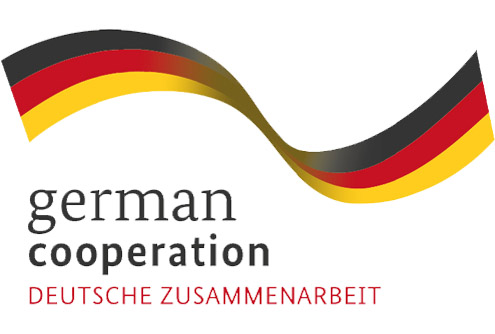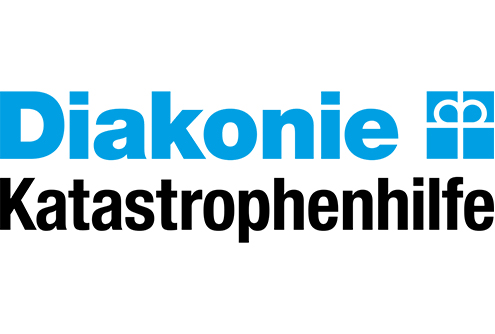Introduction
Reflecting on all the information and CRNs or scenarios gathered, considering their context and vision in this sixth stage of localising climate projections allows communities to make informed decisions about the way forward.
Alongside communities most at risk, it is important to consolidate the decisions they have made to design appropriate and viable development actions, strategies or interventions around development, that build a sustainable and resilient future. The best course of action to address risk should be anchored in the mitigation or adaptation of that risk.
However, climate change remains uncertain. Change is taking place but the direct consequence of that change and how the climate will continue to change will not be known until the weather is forecast or more certainty on the trends and impact is given. It is necessary to consider principles and approaches for planning under uncertainty and rethink some of the normal ‘rules’ we use to make decisions. How do we reduce greenhouse gas emissions and human activity that is negatively disrupting the natural balance of the atmosphere (mitigate) and plan for a new climate norm (adapt) when the full picture of climate change is not confirmed?
Decisions are often made on a cost-benefit basis – comparing the benefits of actions compared to the costs of undertaking them. Unfortunately, we cannot do this with climate change as the uncertainty means we cannot be sure what the future benefits will be. The linear cost-benefit analysis approach does not work within complex climate risk. A new set of rules to guide decision making under uncertainty is suggested – FREE.
Decisions made within localising climate projections should be made on a basis that is:
- Flexible: open and reactive to new new information as it emerges
- Robust: open to a range of plausible futures
- Economic: not wasting money in a “no regrets” approach as we try out new solutions
- Equitable: the actions taken to reduce personal/local risk do not increase the risks for other people or communities.
An example of a flexible, robust, economic and equitable plan for seasonal climate risk comes from West Africa in 2008. In this case, the International Federation of Red Cross and Red Crescent Societies (IFRC) used a seasonal forecast to implement an Early Warning, Early Action strategy for enhanced flood preparedness and response. Historically, severe floods in West Africa had killed thousands of people and caused significant material damage in Central and West Africa (IFRC, 2008). Indeed, just the year before, in 2007, the region had experienced the worst flooding in decades. As a result of these floods more than 300 lives were lost and more than 800,000 people were affected (Braman et al., 2013).
A forecast gave a 50% probability of above average rainfall, a 35% probability of average rainfall and a 15% probability of below average rainfall for the upcoming wet season. The forecast can be summarised as suggesting there is an increased likelihood of above average rainfall and this might be considered to infer a higher likelihood of flooding. However, it cannot be said exactly where and when this flooding might occur and there is a sizeable chance that the rainfall might indeed be average or below average, with less likelihood of flooding than normal.
This level of confidence might be thought of as similar to a climate change projection. The FREE type response to this was to preposition non-perishable food items at transport hubs. In particular, the positioning of food at transport hubs meant that the food could be distributed quickly, as information came in about when and where it was needed.
The non-perishable nature of the food meant that the action was economic, or a low or no regrets action, as the food could be used the next year. Further, the action is equitable in that IFRC used its capacity to take on the potential risk, and committed to providing impartial support to the at risk populations. As such, IFRC avoided displacing the risk to people or institutions who lacked the means to shoulder both the risk and its potential future impacts.


